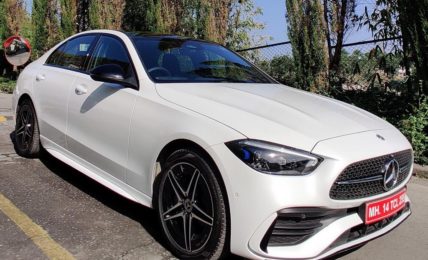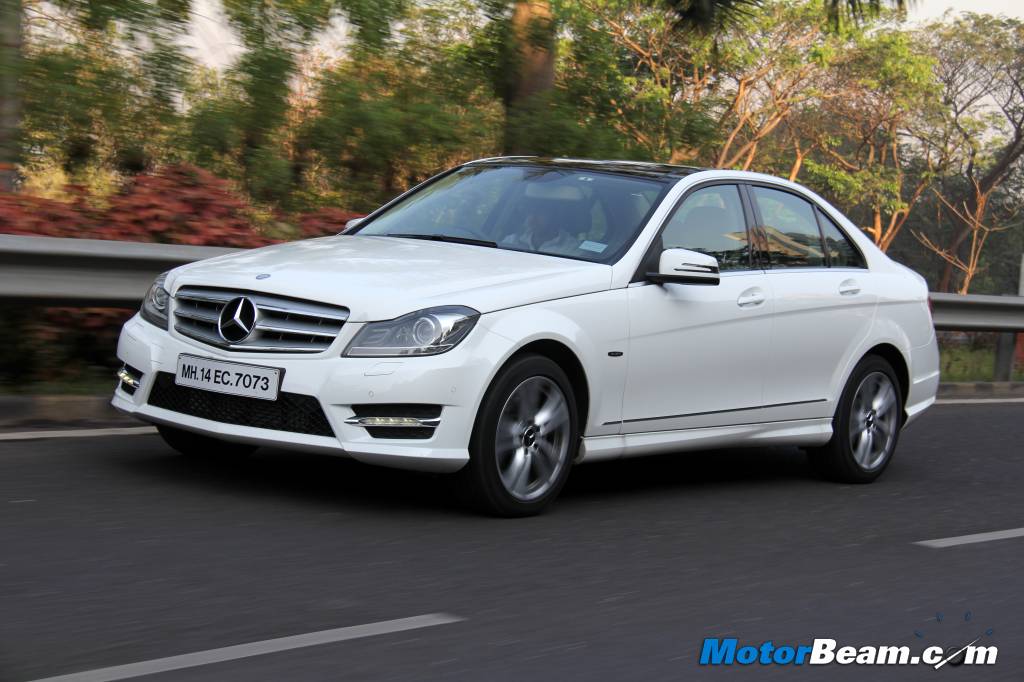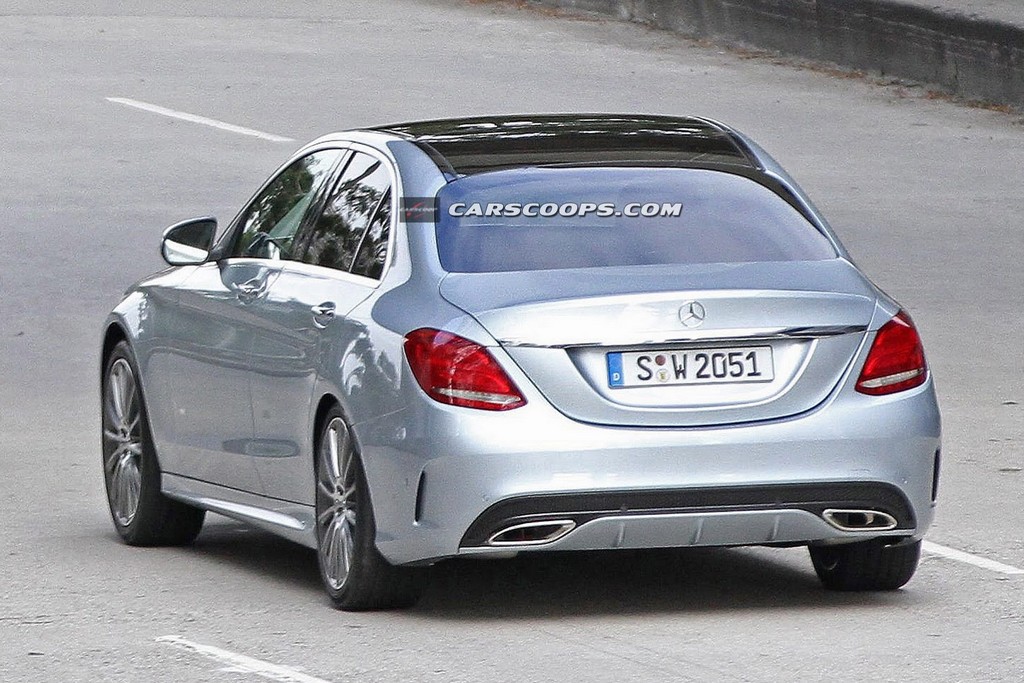Mercedes-Benz C-Class gets top score in Euro NCAP, even the front wheels remain intact during frontal collision
Just a few days back Mercedes-Benz launched the all-new C-Class in India and now the entry-level luxury sedan has bagged a full 5 star rating in the recently concluded Euro NCAP crash tests.
In the tests, the sedan offered 93 percentage protection for the adult occupant while the protection for child occupant and vulnerable road users stood at 89 and 80 percent respectively. The car also got 82 percent marks for its safety assist systems.
The passenger compartment of the C-Class remained stable in the frontal offset test. Dummy numbers showed good protection of the knees and femurs of both the driver and passenger.
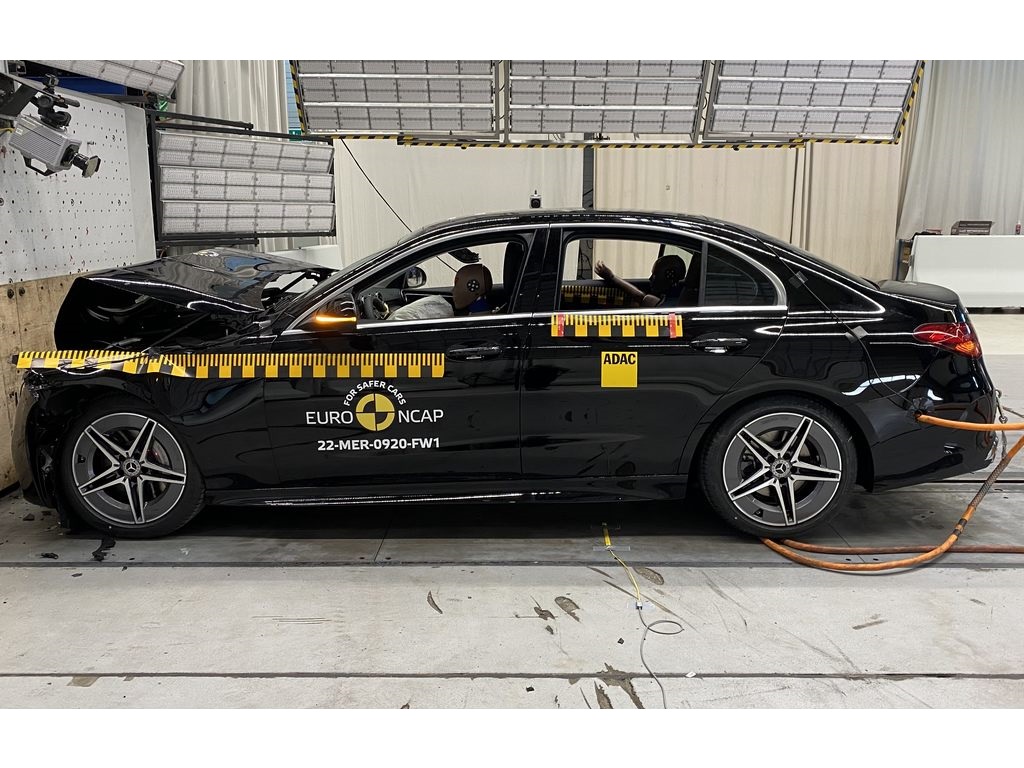
Analysis of the deceleration of the impact trolley during the test, and of the deformable barrier after the test, revealed that the C-Class would be a moderately benign impact partner in a frontal collision.
In the full-width rigid barrier test, good protection was provided to all critical body areas of the driver and rear passenger and the C-Class scored maximum points in this part of the assessment.
In both the side barrier and pole impact tests, protection of all critical body areas was good and the car scored maximum points in this part of the assessment.
The C-Class has a counter-measure to mitigate against occupant to occupant injuries in such impacts and this performed well in Euro NCAP’s test.
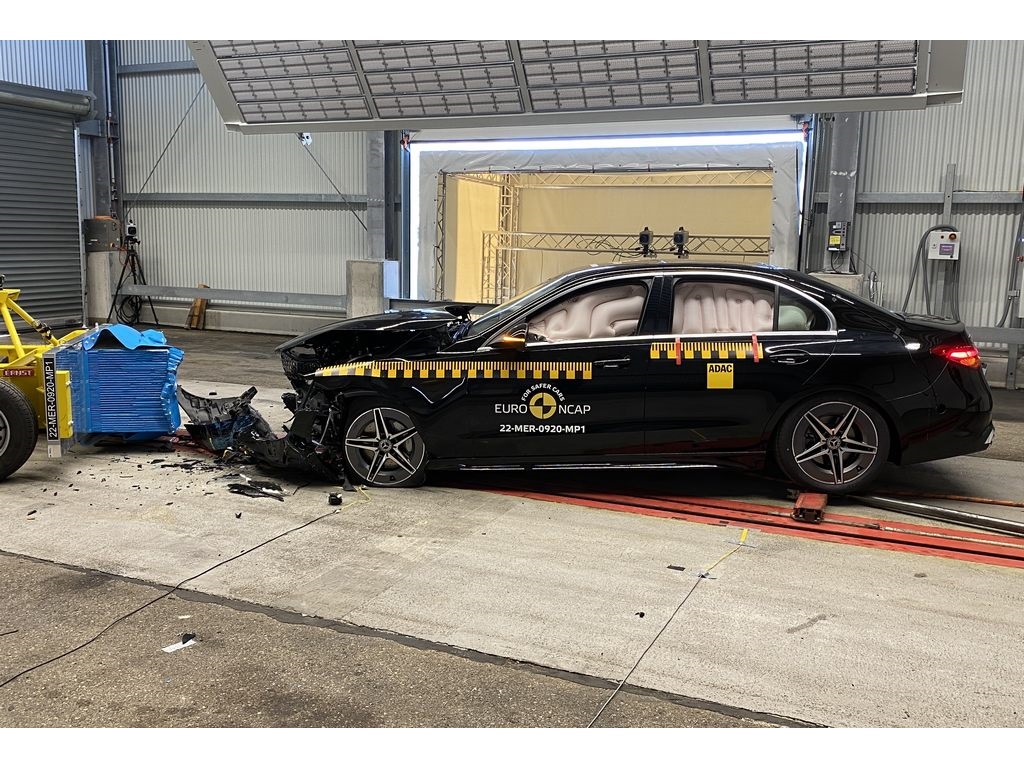
However, Mercedes-Benz could not demonstrate that the airbag provided symmetrical protection and a penalty was applied. Tests on the front seats and head restraints demonstrated good protection against whiplash injuries in the event of a rear-end collision.
A geometric analysis of the rear seats also indicated good whiplash protection. In the frontal offset test, good or adequate protection was provided to all critical body areas of both child dummies.
In the side barrier test, protection of the head of the 10 year dummy was rated as marginal, based on measured accelerations, but that of all other body regions was good.
The front passenger airbag is automatically disabled when a rearward-facing child restraint is put in that seating position.
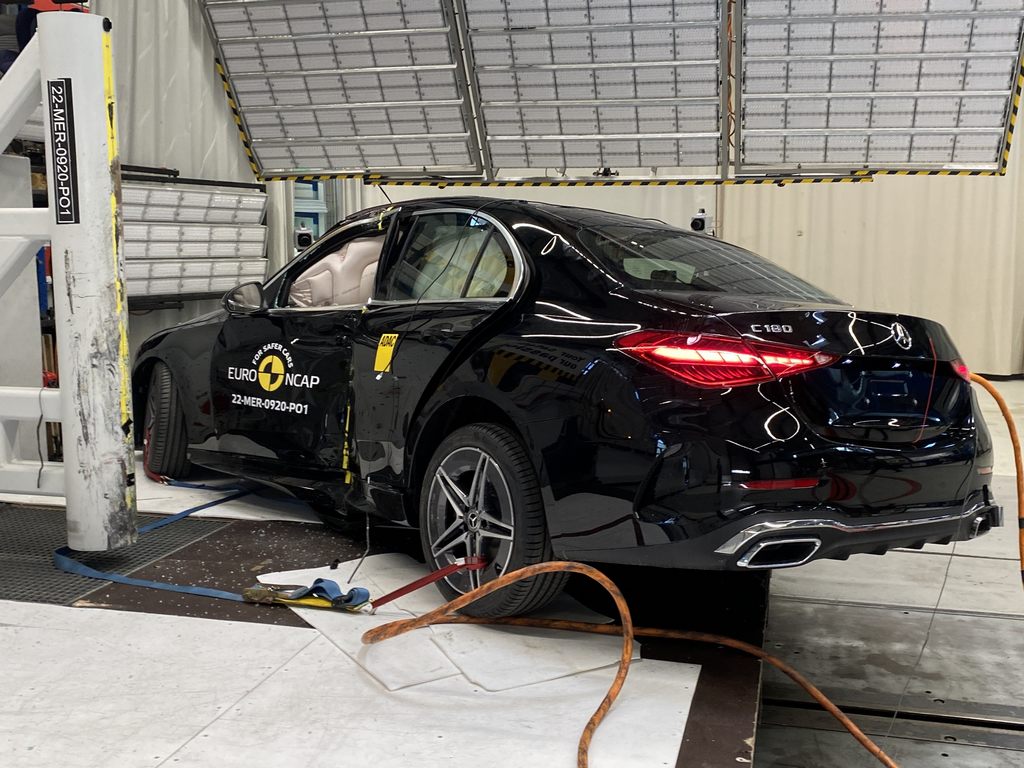
The C-Class has an ‘active’ bonnet. Sensors in the bumper detect when a pedestrian has been hit and actuators lift the bonnet to provide more clearance to the hard structures in the engine compartment.
Mercedes-Benz showed that the system responded correctly to various pedestrian statures and over a wide range of speeds. The bumper provided good protection to pedestrians’ legs at all test points but the protection provided to the pelvis by the front edge of the bonnet was mixed.
The C-Class has an autonomous emergency braking (AEB) system which can respond to vulnerable road users as well as to other vehicles. The system performed adequately in tests of its response to pedestrians.
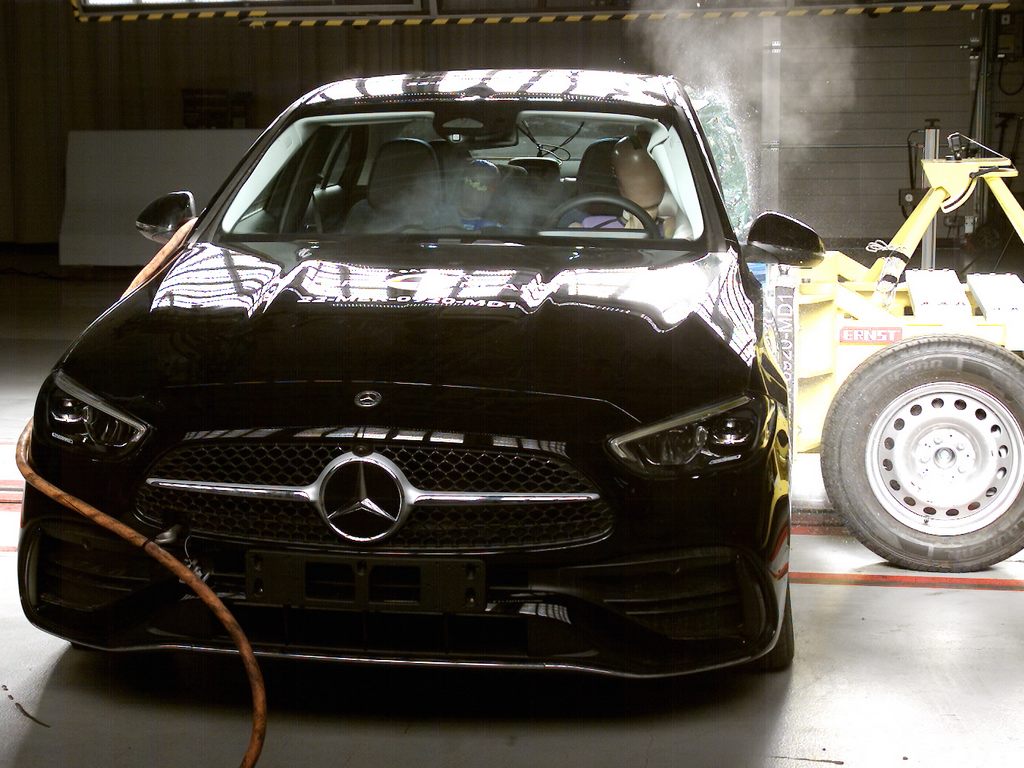
The AEB system performed well in tests of its response to other vehicles, with collisions avoided in the great majority of test scenarios.
A camera-based speed assistance system identifies the local speed limit and provides the information to the driver, allowing the limiter to be set appropriately.
A lane support system gently corrects the vehicle’s path if it is drifting out of lane and intervenes more aggressively in some more critical situations.


